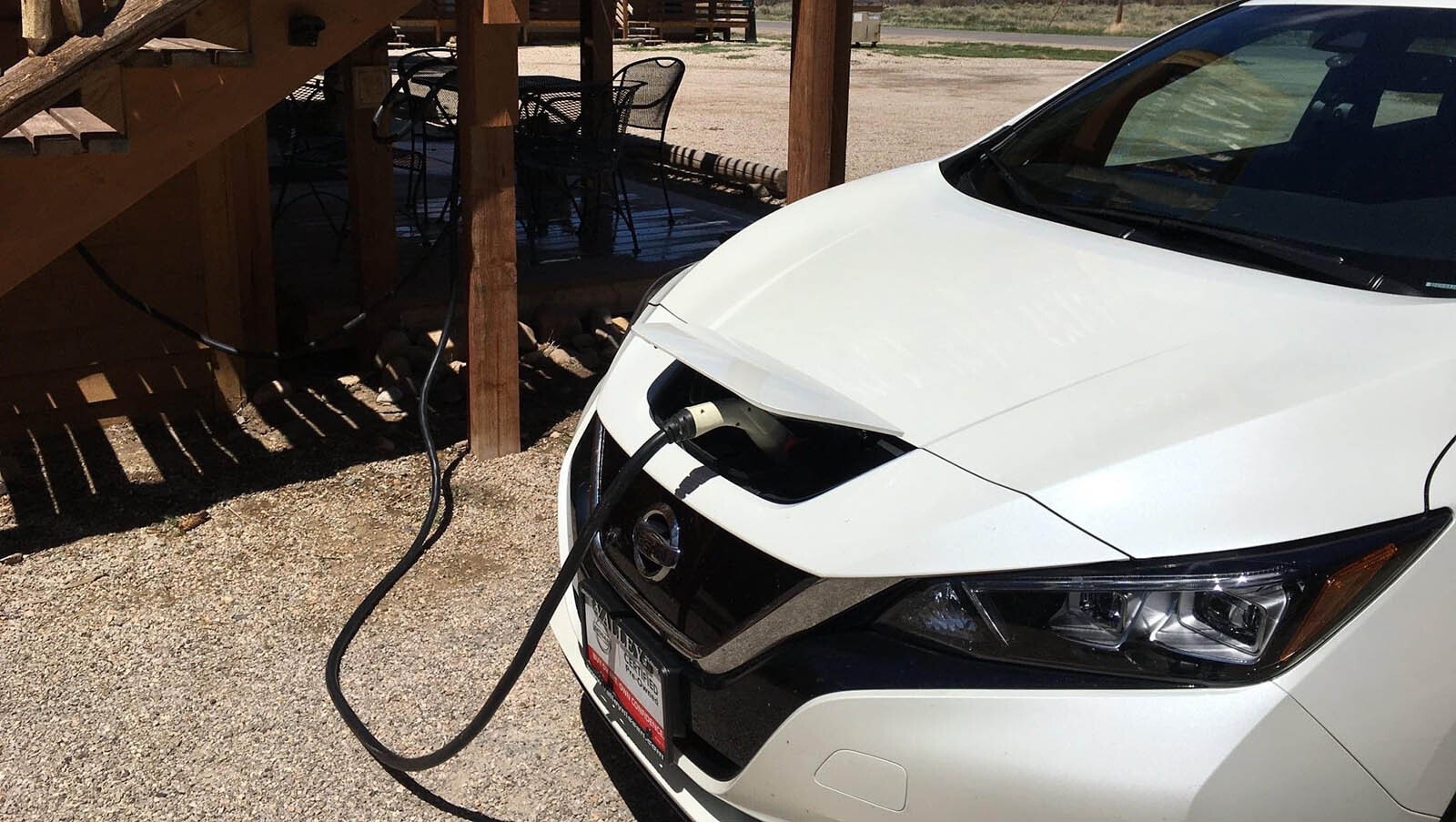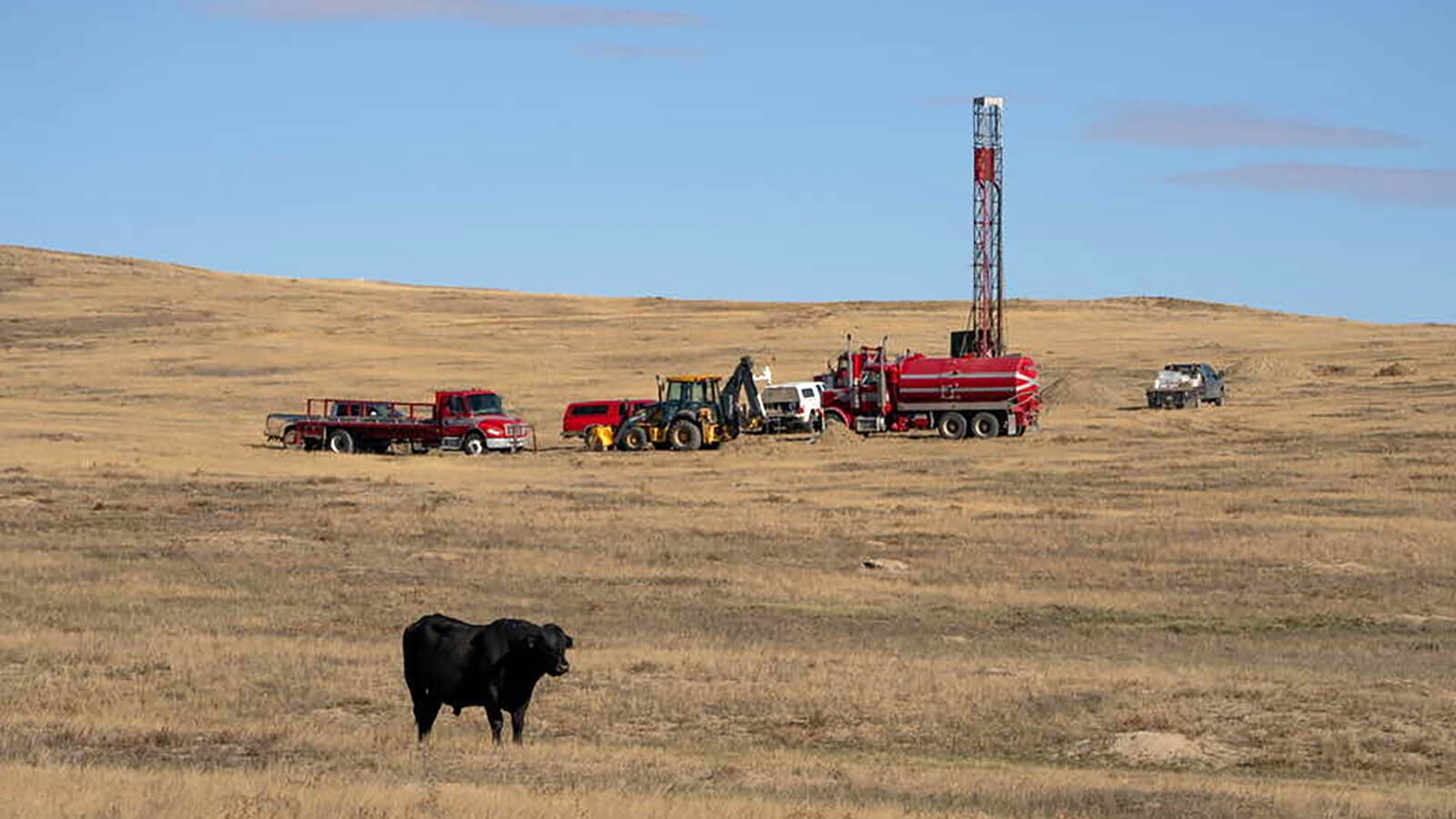You won’t see too many EVs on Wyoming roads, and many of those you do see have out-of-state license plates. Only a few hundred of the vehicles are registered in the Cowboy State.
That’s partly due to the driving range the vehicles have. In a state where people have to drive long distances between towns, with very little in between, people don’t want to worry about running out of charge before the next charging station. Nor do they want to spend 20 to 30 minutes charging up.
Owners of EVs in Wyoming say they manage to get around the state with little range anxiety, the term EV owners use to describe the fear of running out of charge. As with any new technology, things evolve over time to address initial shortcomings.
Lot To Think About
Electric vehicles have greatly improved over the last decade, nearly doubling their range in some cases, and some new improvements may help get them further down the road.
CarBuzz reports that BMW filed a patent for a system that recharges batteries with kinetic energy from the car’s suspension.
Just how much energy this could produce is unclear, but Aaron Turpen, a Cowboy State Daily automotive writer and supporter of electric vehicles, is skeptical. He said there’s a lot of aspects that a manufacturer would need to balance to make it work.
“That’s a really smart idea, but I don’t know that it has a good enough return on the investment for the technology, the cost and the weight to pay for itself,” Turpen said. “There’s a lot that they have to think about before they just throw something on there.”
He said for a long time, Formula 1 racing cars have been using a kinetic return system when the cars brake. Then, they can release that energy when they start to go again. You won’t find this system on consumer cars because it doesn’t perform very well unless you regularly drive over 100 mph.
Built To Last
Another factor is how long the feature lasts before it needs repairs. Manufacturers aim to have things last for at least 10 years. Car engineers put systems through rigorous testing to see how long they can go without breaking.
“There could be a really cool, new, shiny thing, but if it can’t withstand [extensive wear and tear testing], the manufacturer is not going to use it,” Turpen said.
California requires manufacturers to give eight-year warranties on batteries. Turpen said we won’t see any leaps in battery technology until the new batteries can withstand at least eight years of driving.
“Most manufacturers are aiming for 10,” Turpen said.
Hydrogen Cells
Honda announced last month that it will produce a hydrogen fuel cell electric vehicle (FCEV). It’s based on the CR-V and will combine the electric battery for local driving with hydrogen fuel cells for longer trips.
The company said it would be introduced in 2024.
Turpen said hydrogen fuel cells would likely make more sense in larger vehicles, such as semitrucks and possibly trains. The fuel cells are cylinders and don’t have the shape options that gas tanks do.
Likewise, the fuel cells would need new refueling infrastructure. Turpen said it makes a lot more sense just to have a diesel-powered generator on board.
“Diesel engines, when they’re acting as a generator, are extremely efficient. I don’t see a reason to add a new thing that’s going to require a whole other set of infrastructure,” Turpen said.
When states like California move to ban the sale of gas-powered vehicles, car manufacturers are looking to remove all fossil fuel use from their vehicles. In its statement announcing the FCEV, Honda stated the vehicle was part of its commitment to carbon neutrality.
Constantly Evolving
Whether or not these technologies will pan out to improve the range of EVs is yet to be seen, but the vehicles have shown considerable improvements over the years.
Patrick Lawson, owner of Wild West EV, got his first EV, a Chevy Volt, in 2012. The Volt wasn’t a true EV, as it had a gas-powered generator that would kick in after about 40 miles of driving, Lawson said.
He got a Tesla Model S a couple years later, and it went 280 miles on a full charge. He got a Tesla Model X a couple years after that, which had a similar range. Eventually, he switched to a Tesla Model 3, which had a 380-mile range and a 250-kilowatt charger for faster charge times.
The longest range he’s had on the many EVs he’s owned was a 2020 Model S, which went 400 miles on a charge. He said they continue to evolve.
“They’re not really making the batteries bigger as much as they’re making them more efficient, lighter and (with) faster charge times,” Lawson said.
Turpen drove a Nissan Leaf in the early days of EVs, and it had a range of only 120 miles.
“At the time, and for a long time, that was the best-selling electric car,” Turpen said, but it was primarily a commuter car.
Now, with ranges hitting 400 miles, they’re much more accessible to the average driver who can afford them, Turpen said.
Lawson said Tesla has also added a lot of improvements to its software, which includes its autopilot and full self-driving capability.
These improvements don’t require owners to drop off their car at a mechanic. They’re downloaded right into the car’s computer.





